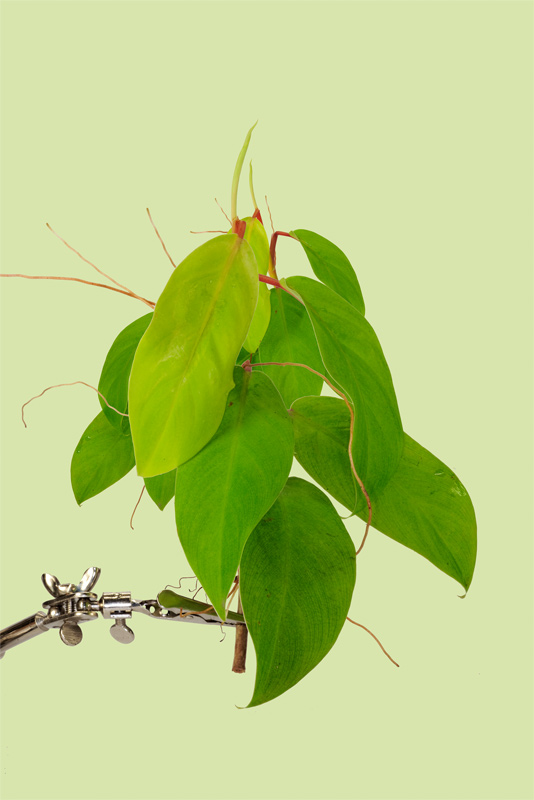SPECIAL EDITION
The Great Pretenders; Description Of Some Japanese Phylliidae From The 26th Phylliidae Convention
Special Mention, Yuji Hyakutake
Special Mention, Kiichiro Furukawa
New Culture Award, Minoru Honda
New Culture Award, Iwahashi Zenbei
The Art Of Hiroshi Abe, Master Breeder And Artist
A Very Pretty Phylliidae: Phyllium Morosus (First published in 1989)
All images by the ICZ
The GREAT PRETENDERS
Winner 2009 Phylliidae Convention
Hiroshi Abe, Morosus Abe
“(This is) yet another daring combination of Morosus and Crurifolium along with a subtle modification in its food plant with the genes of the celebicum. It contributes to a dynamic interpretation of resemblance, aesthetic sensibilities and one’s understanding of mimicry. The presentation is a good appearance, both in the order of a sacrament and as a malefice; it evokes notions of the scientist as a sorcerer and one who is able to bring about a simulation of appearances.”
- Atsuo Asami, on announcing the 2009 winner.
My culture of Abe morusus discussed here originates from a batch of eggs that was brought back from Singapore - an island in the Pacific to the south of Malaysia - by an individual who was working in the country in 1945.
The culture was further enhanced through hybridization with other species from different groups in the beginning of 2001. Species that were hybridized include P. athanysus, P. bioculatum, P. celebicum, P. chitoniscoides and P. crurifolium.
Description of the culture
My male of Abe morusus measured 55mm long and the female 80mm long. It has a typical body shape of an insect of the genus Phylliidae, and is very similar in shape to Phyllium b. The mesothorax is dentate, with small projections covering the dorsal and ventral surface. The carinae of the legs are serrated with medium-sized spines, which are irregularly spaced along the length of both the femur and tibia of all the legs. The antennae of the male are 20mm long (female 15mm), and are covered with a dense layer of sensory hairs. The head is almost spherical, being 4mm wide and 5mm long. The male exhibits large compound eyes, as well as large ocelli. The elytra are very small (9mm long) and exhibit a very pronounced longitudinal ridge, which is also found in other members of Phylliidae. The hind-wing almost covers the length of the abdomen, reaching to the base of the 7th abdominal segment, with the costal margin of the wing being a very light brown colour. The wingspan 27mm, with the wing exhibiting a dark chequered pattern, as found in certain winged members of Phyllidae, such as Acrophylla Abe and Acrophylla Abe. At the tip of the abdomen, there is a large bulbous projection, comprising of the 9th abdominal segment, the anal segment and the subgenital plate. The cerci of the male are very pronounced, are 8-9mm long, and are paddle-shaped with a distinct keel along the dorsal surface. The external genitalia of the male are very pronounced, with the poculum of the male having a large bump on the ventral surface.
Life Cycle and Rearing
The eggs take approximately 6 months to hatch at 20°C and 60% humidity. At these settings, there is a hatch rate of 60-70%. If kept too humid, many of the eggs will not hatch due to bacterial and fungal infection. I found that the best way to keep the eggs was to use a 2:I substrate ratio between fme grain vermiculite and sifted peat that had been heated in a oven beforehand to kill small insects and possible bacteria.
Hiroshi Abe
Winner, 2008/9 Phylliidae Convention, Tokyo
Abe morosus (Abe, 2006)
PSG Number: 21
Locality: Japan
Reproduction: P*
Culture Status: C
Winged: W
Female Size: 80
Male Size: 55
Foodplants: P.I.H.Py.B.Ro.Ra.
References: 25
Vernacular names: Abe Leaf Insect, Laboratory Leaf Insect
Etymology: From 'morose', referring to the drab look of this species

Copyright 2010, Institute of Critical Zoologists